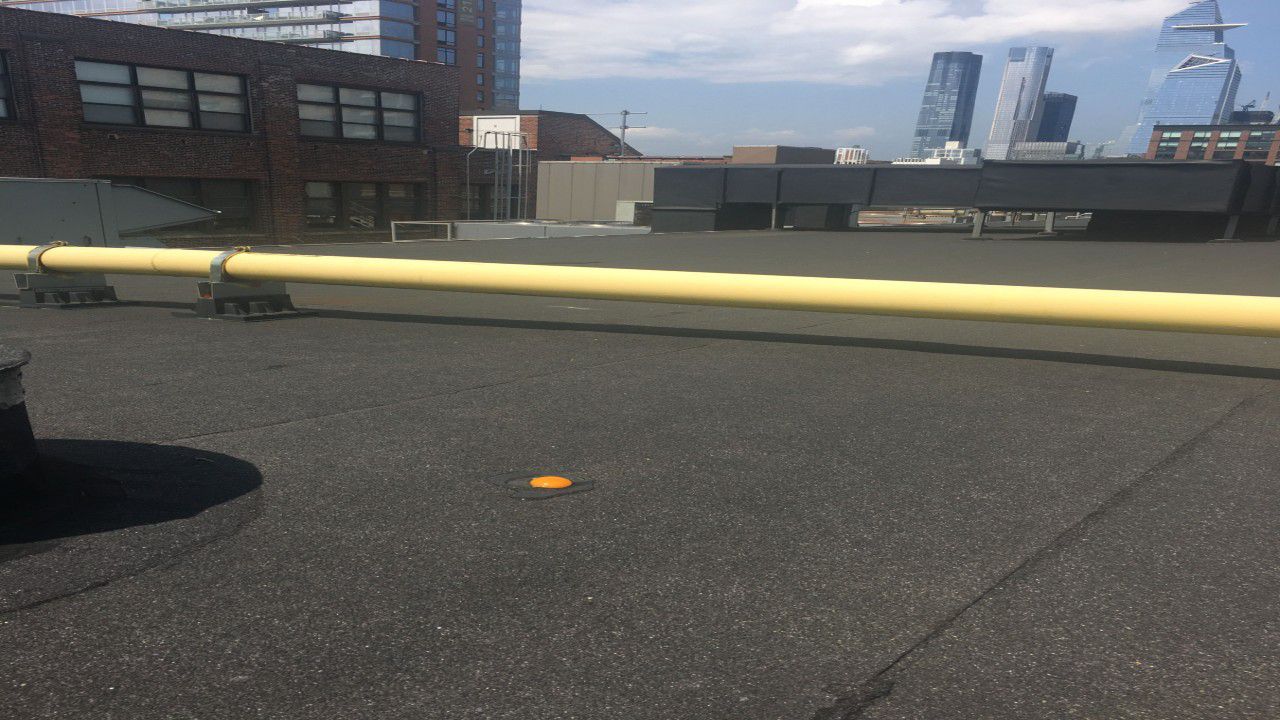If you've been a television meteorologist long enough, at some point in your career, you've been asked to try and fry an egg outside on a hot day. It really seems like it should work, right? The streets, sidewalks, and roofs are literally sizzling.
Here's what happened.
What You Need To Know
- The temperature on a roof on a hot day can exceed 150 degrees
- Eggs start to turn white at temperatures over 140 degrees
- An egg has about 6 grams of protein
- Eating an egg that was cooked on a roof or sidewalk is not sanitary
For my egg-citing experiment, I gathered my equipment.
I had one infrared thermometer. This was used to take the temperature of the roof. I wanted to find the hottest spot.
The infrared thermometer shoots out a red beam and shows you the temperature where the beam hits. These types of thermometers are typically used by professionals in the heating and cooling repair business.
I measured temperatures on the roof anywhere from 130 to 150 degrees.
My other pieces of equipment were two brown, free-range, organic eggs.
If my wife asks about them, tell her you haven't seen them.
I brought two eggs because I was worried about breaking the yolk and ruining the photos. Plus, I like my eggs sunny side up and not scrambled.
I shouldn't have worried. I cracked the first egg perfectly...just like every Sunday morning. Well, maybe I just got lucky.
I found a spot on the roof in the direct sunlight.
I set my timer for 5 minutes and waited patiently for the egg to start cooking. I was in no rush. I had eaten a sizeable lunch and wasn't all that hungry at the moment.
Here's what the egg looked like after 5 minutes of cooking on the roof.
Undeterred but growing hotter as I sizzled in the sun on the 150-degree roof, I waited another 10 minutes.
The egg had now been baking for 15 minutes. The results were not encouraging.
The only thing cooking on the roof was me. I went inside and waited.
After some water and wonderful air conditioning, I was ready to take another crack at it. It had been 30 minutes.
Surely, in this toasty weather, my egg had to be ready, right? Wrong!
At this point, I accepted defeat. I left the egg and went inside to prepare my forecast for the evening news.
I had been through this cooking an egg on the sidewalk process a few times in my career with the same result, but I had hoped that a roof that was 150 degrees would get the job done.
As it turns out, the egg has to heat up to at least 140 degrees to start turning white.
The mass of the egg was just too much for the sun and roof to heat to those levels.
The temperature of the egg did rise from 60 degrees when I first cracked it to 95 degrees, but it never got any hotter.
I did do one more check on my egg. It had been an hour. I knew the chances were slim that it had cooked, but I thought maybe I'd see at least some change. Maybe there would be change on the thinnest part?
I was very surprised at what I saw at the one hour mark.
My egg was gone! My guess is that a bird ate my breakfast. I guess they didn't care that it hadn't cooked?
So, the next hot day, when somebody says "It's hot enough to fry an egg outside", you can share this story with them. And, if you decide to do your own experiment, be sure to guard your egg.



